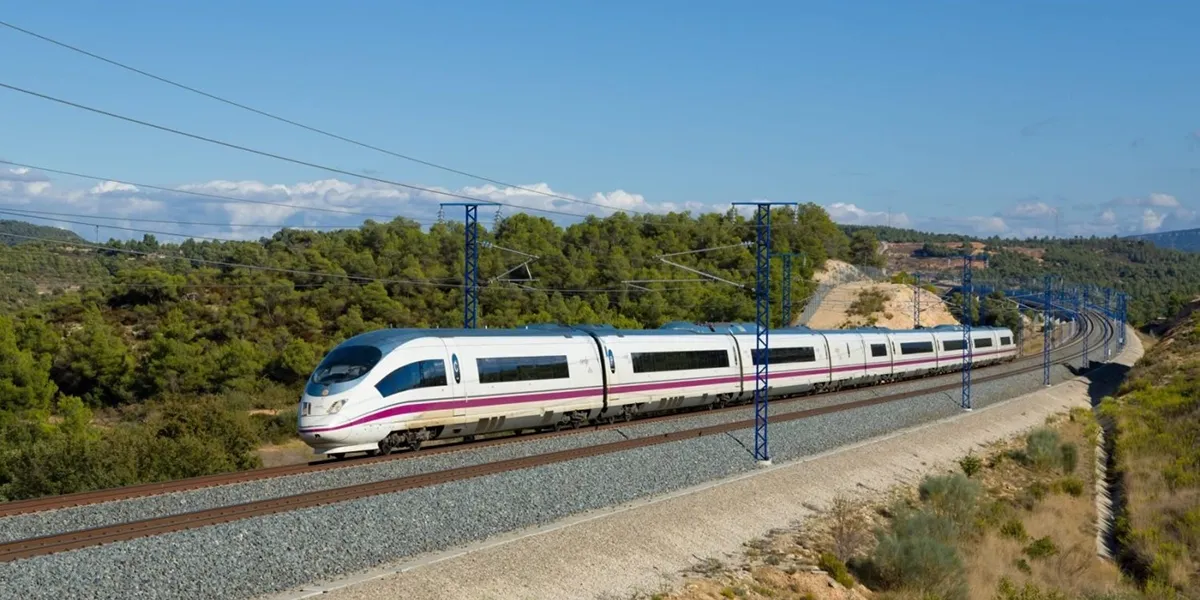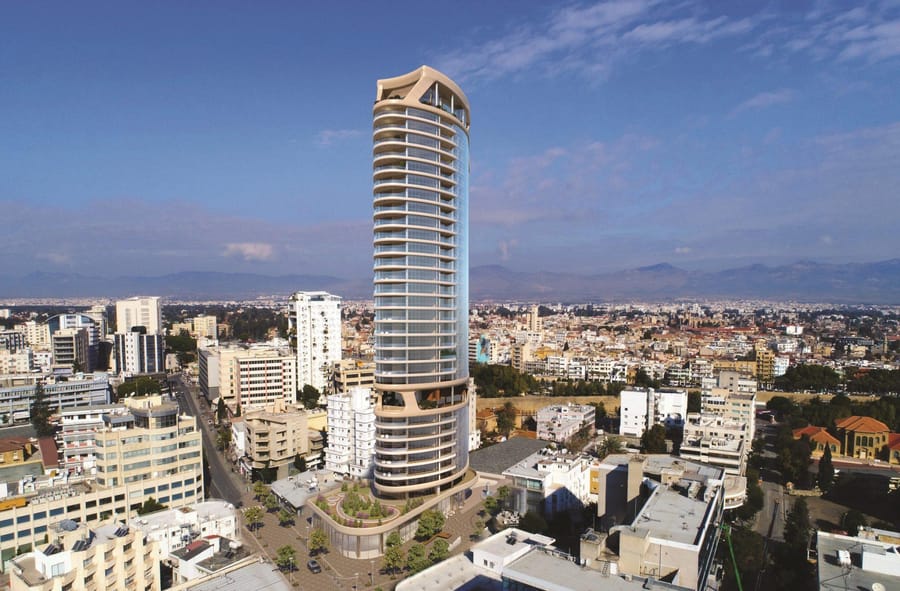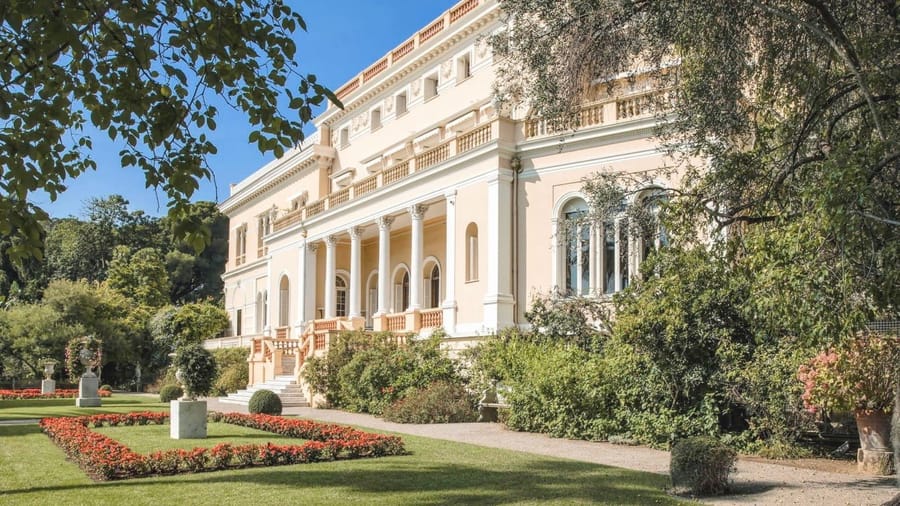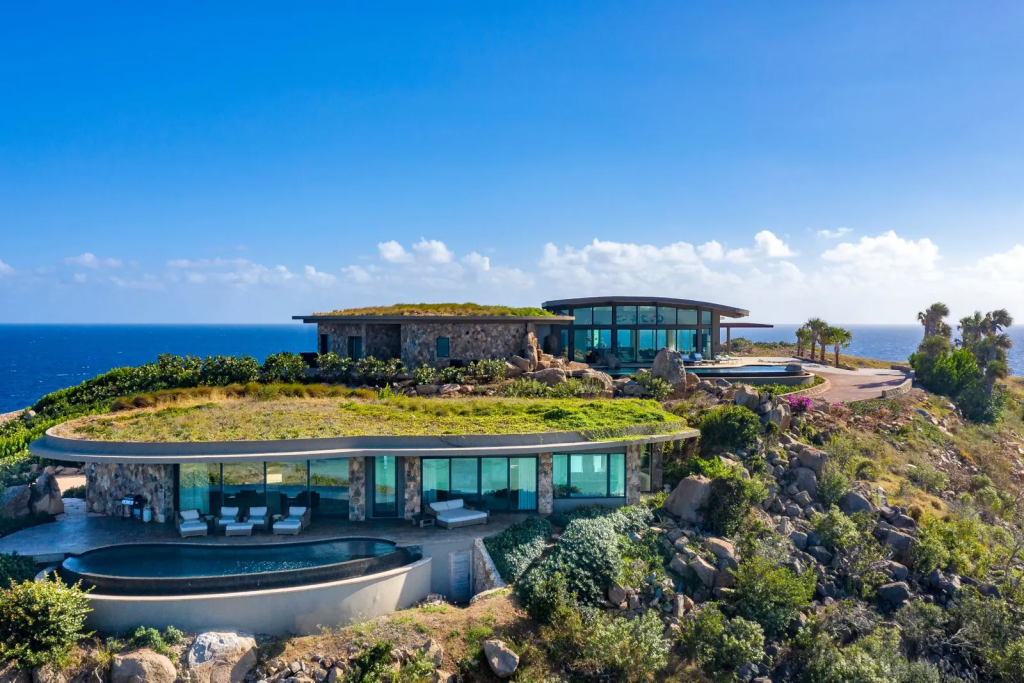Let’s be honest — most of us don’t get excited about tunnels, train lines, or power cables. But here’s the thing: these European mega-projects are way more than construction sites. They’re becoming the heart of Europe's new economy. These projects will decide where money flows, jobs grow, and which regions become the next big thing in the EU.
What Makes a Project a Real Game-Changer
Not every big project is a game-changer. So what separates the usual roadwork from a project that actually reshapes economies?
- Scale: They often cross borders and connect major regions. Think of Rail Baltica or the EuroAfrica Interconnector in Cyprus. These aren’t just upgrades; they reshape how Europe moves people, goods, and energy.
- Impact: Big projects create jobs and speed up trade. The TEN-T network, for example, could support up to 10 million jobs and reduce travel time across Europe by 50% in key corridors.
- Alignment with EU goals: Green energy, digital upgrades, and sustainable development in Europe. Projects like the North Sea Wind Power Hub help cut emissions while boosting energy independence.
- Funding: EU-backed projects often get support from tools like the Connecting Europe Facility, which has already channeled over €33 billion into major EU investment projects.
When a project checks all these boxes, it usually gets strong support from the EU, and that’s when things really start to move.
Key Mega-Projects Reshaping the EU
Here are some of the most exciting EU infrastructure development projects happening right now — with real potential to change how Europe works.
Rail Baltica
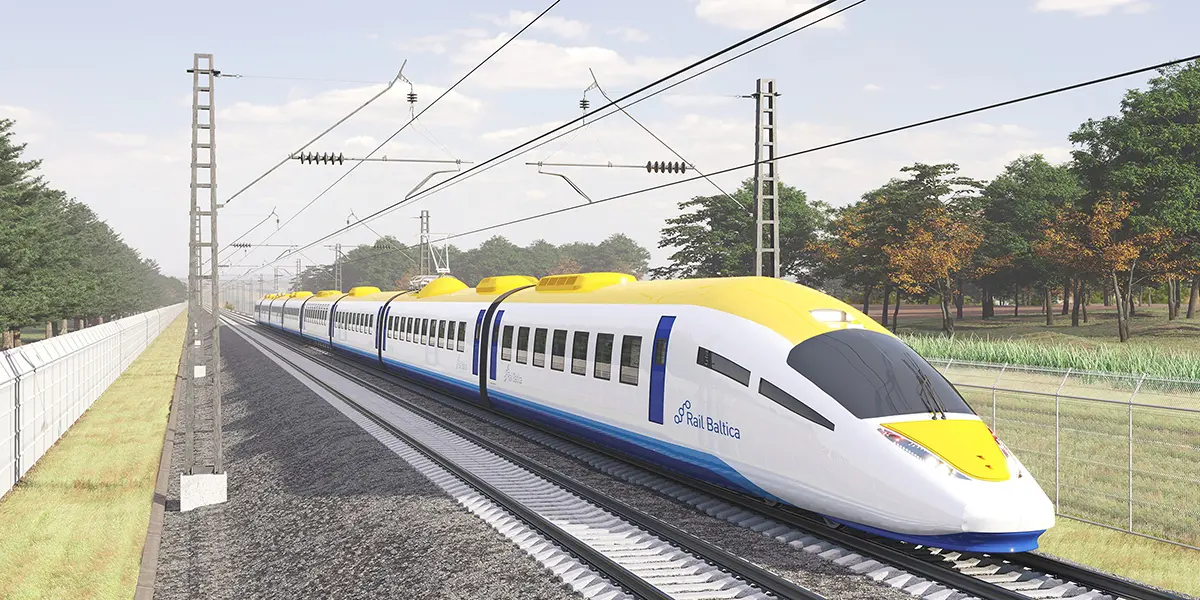
This new high-speed rail line will connect Poland with Lithuania, Latvia, and Estonia. Right now, trains in the Baltics run on old Soviet tracks. With Rail Baltica, trains will go up to 249 km/h, making travel faster and boosting trade. It’s also a clean transport option that fits EU green goals. Experts say it could remove 5 million tons of CO₂ emissions by 2050 — a big win.
TEN-T Network
The EU transport corridors plan — called TEN-T — is a massive effort to connect 90 ports, 424 cities, airports, and train lines across the EU. It’s like building Europe’s central nervous system. The goal? Make moving goods and people easier, faster, and cheaper. If you’re in logistics or export, this changes everything.
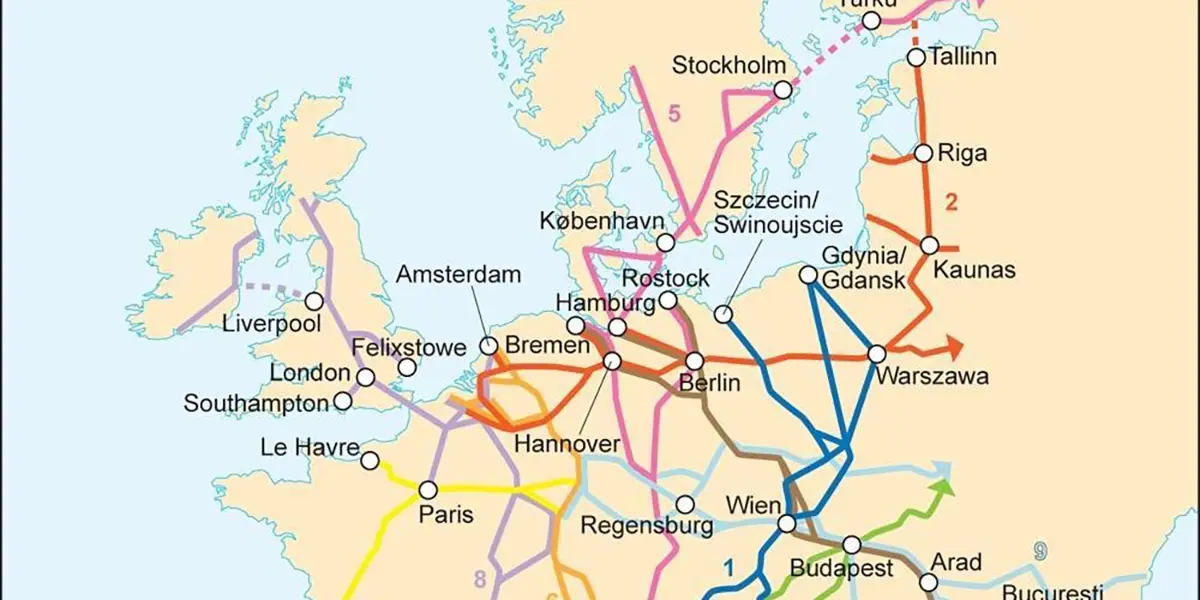
North Sea Wind Power Hub
Imagine a huge energy island in the middle of the North Sea. That’s the idea behind this hub — it will link wind farms from several countries and send green power to millions of homes. By 2040, the North Sea Wind Power Hub could deliver 180 gigawatts of clean energy. This is one of the most ambitious EU investment projects in renewable energy.
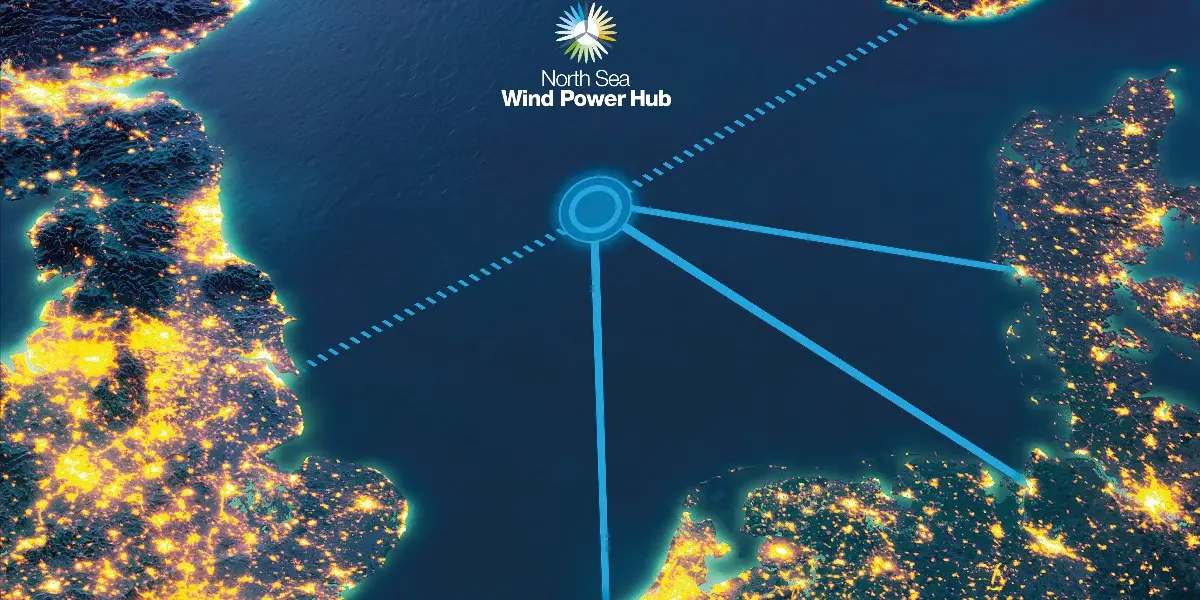
Brenner Base Tunnel
This tunnel goes under the Alps and connects Austria with Italy. It’s 55 km long — one of the longest railway tunnels in the world. Once finished, it’ll shift freight from trucks to trains, reducing traffic and pollution. Freight trains will move 64% faster than they do now. That’s a game-changer for logistics and trade in the EU.
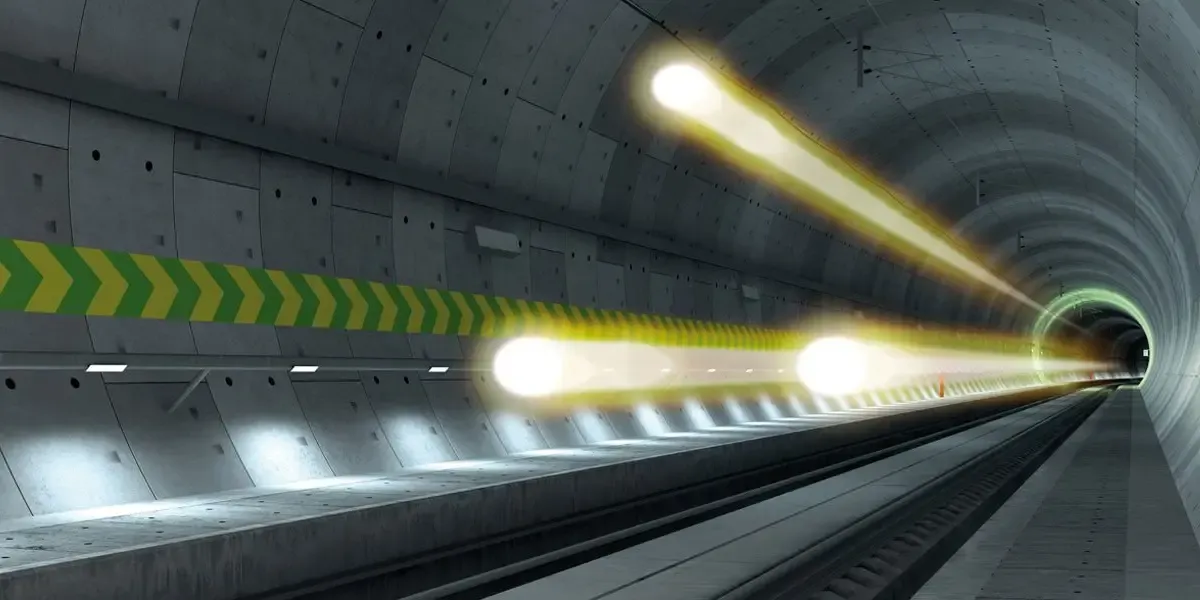
Lisbon-Madrid High-Speed Rail
Right now, there’s no direct high-speed connection between Portugal and Spain. This major EU transport project plans to fix that. It’ll shorten travel between Lisbon and Madrid to just 3 hours and boost trade in the Iberian Peninsula — an often overlooked region. The project is expected to handle over 5 million passengers a year and could boost cross-border trade by more than 20%.
Great Sea Interconnector
Energy is a big issue for islands like Cyprus. This cross-border infrastructure project is a 1,208 km-long deep-sea cable connecting the power grids of Greece, Cyprus, and Israel. Once completed, Cyprus will be fully linked to the EU energy grid for the first time, ending its energy isolation. That means more energy independence and a step forward in European sustainable development.
EuroAfrica Interconnector
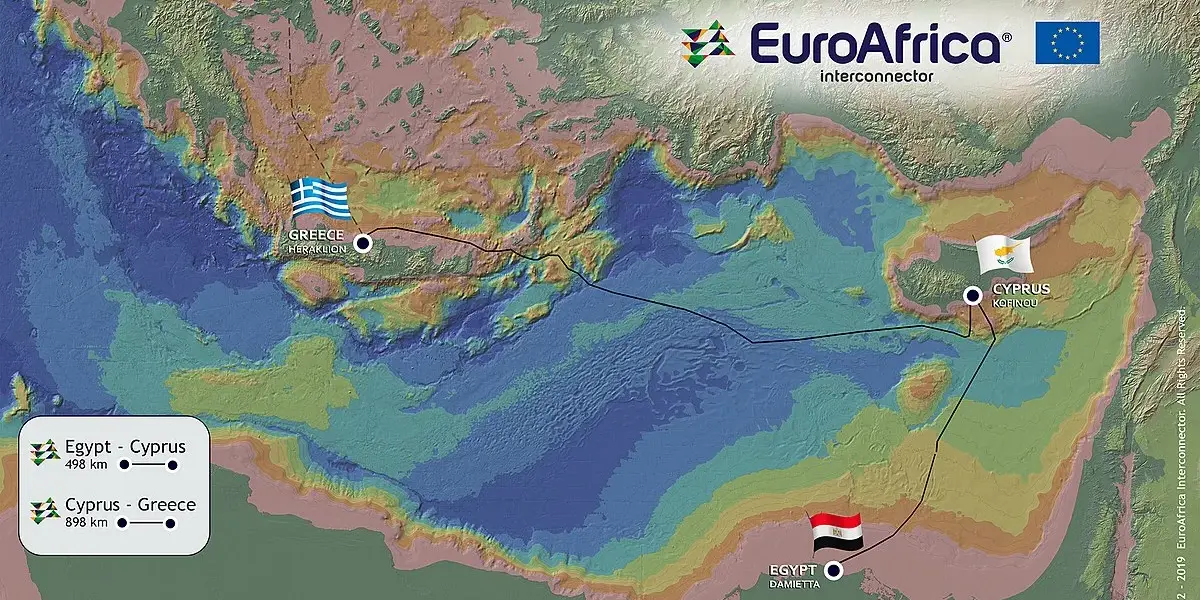
Similar idea, different direction. This cable connects Egypt to Cyprus and then to Greece. Together with the Great Sea Interconnector, Cyprus is positioned as a key energy link between Europe and Africa. That’s not just good politics — it’s smart economics.
Sector-Wide Impacts and Investment Flow
Let’s break it down with real numbers. EU investment projects attract big money from the EU budget, national governments, and private companies. For example, the TEN-T network will get more than €250 billion in support by 2030.
But who actually benefits from this funding?
- The construction and engineering sectors have gained thousands of jobs. The Brenner Base Tunnel alone has already created over 5,000 positions, with more expected.
- Tech firms develop the smart systems that power modern transport and energy networks.
- Manufacturers and suppliers land long-term contracts, especially in steel and clean-tech industries.
- Exporters and logistics providers move goods more efficiently, saving time and money.
The impact is especially strong in less-developed or isolated regions, like parts of Eastern Europe or islands like Cyprus, where projects like the Great Sea Interconnector unlock new economic activity. These aren’t just upgrades — they lay the groundwork for a stronger, more connected EU.
Long-Term Economic Implications for the EU
The deeper effects show up over time. These mega-projects aren’t just about building roads or energy lines — they reshape the European economy.
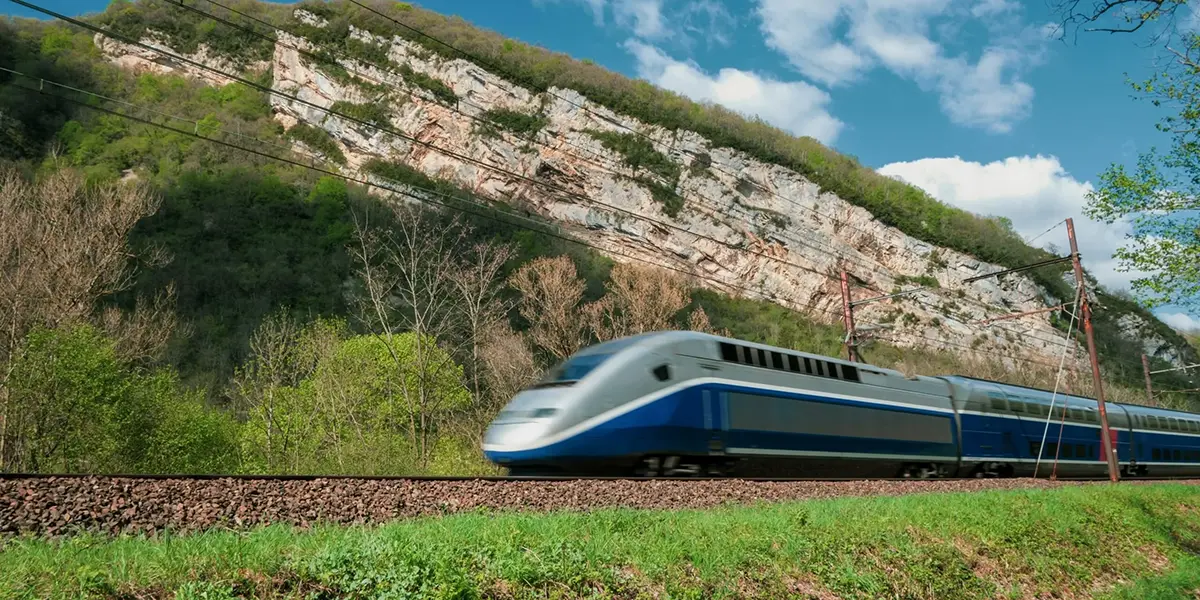
- New business clusters emerge around new highways, ports, and rail links, attracting investment and skilled workers.
- Trade improves, with fewer delays and stronger ties between regions and countries.
- The EU strengthens its global edge in clean energy, smart logistics, and sustainable infrastructure.
In short, these projects help Europe stay competitive, resilient, and ready for global challenges — from climate change to shifting trade dynamics.
Conclusion and Future Outlook
These mega-projects are not just about big machines and blueprints. They’re about Europe’s future — who leads, connects, and grows. Keep an eye on regions like the Baltics, Iberia, and Cyprus. They’re turning into real engines of growth. And if you're an investor, planner, or just curious about what’s next, watching these projects could be your smartest move.
The future of Europe isn’t just being debated in Brussels — it’s being built right now.

